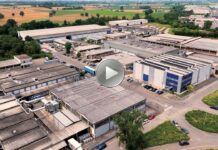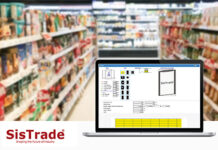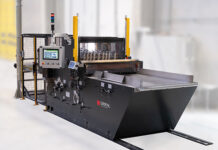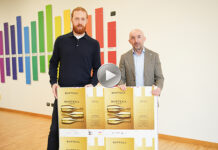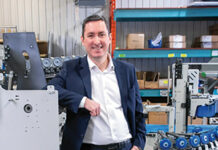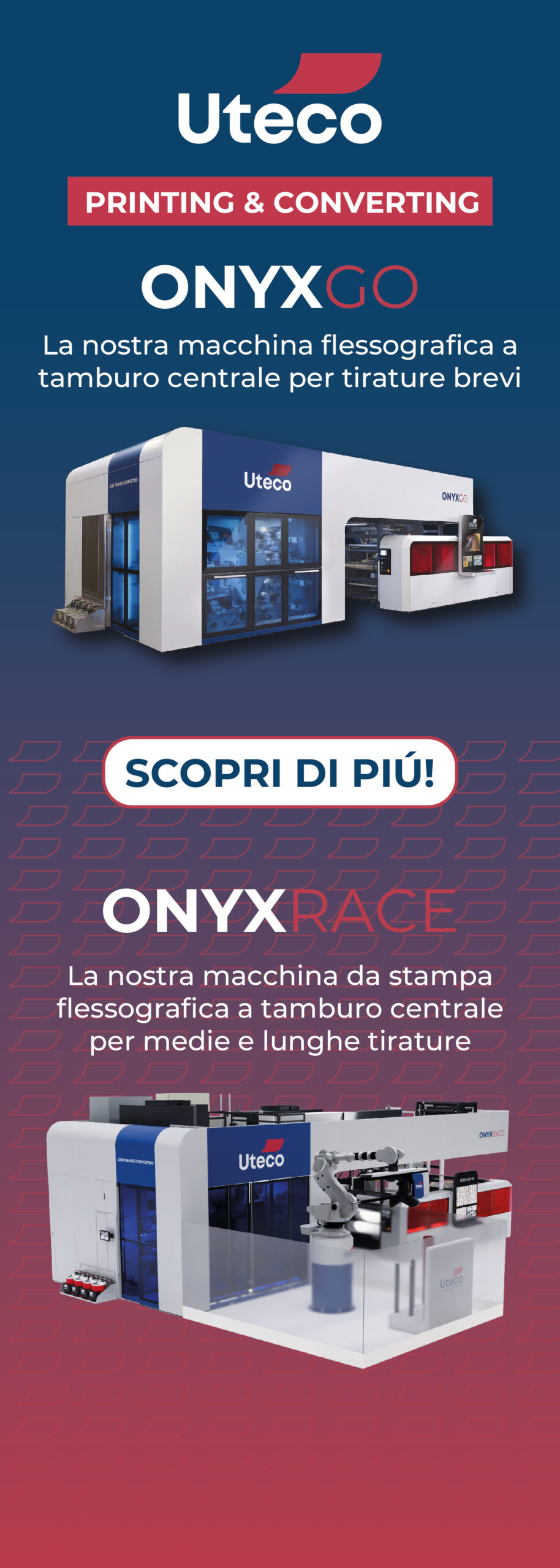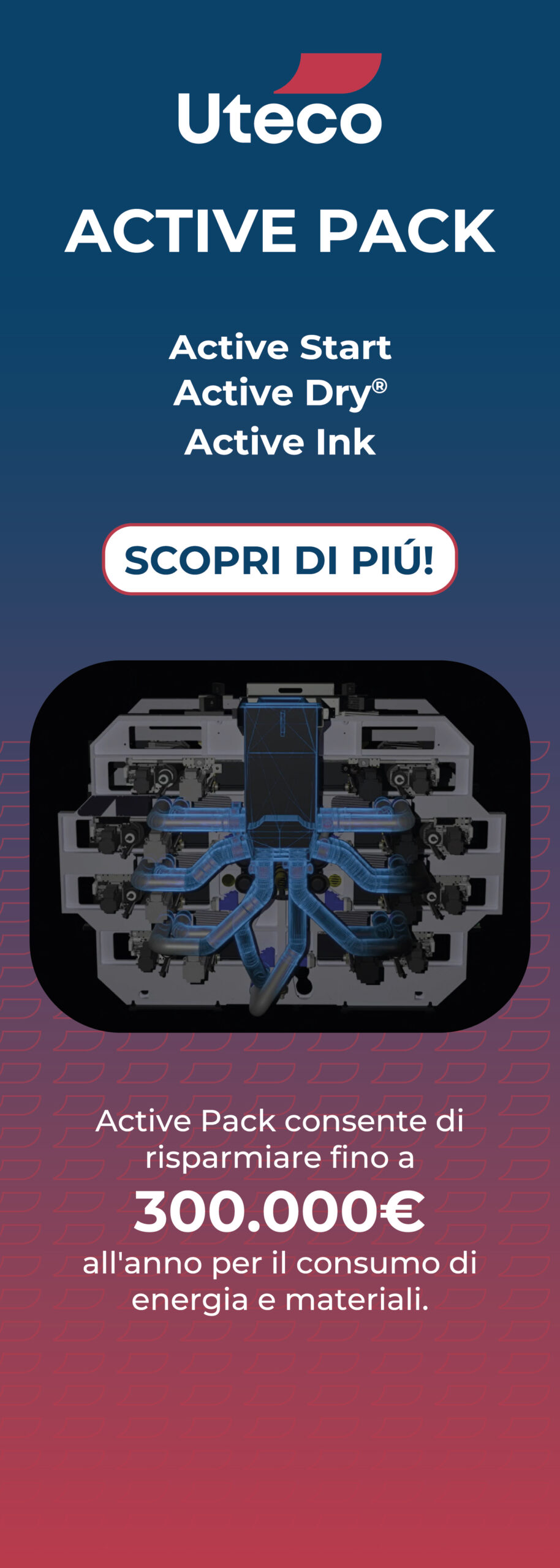In the countdown to drupa 2024, BOBST reviews some of the key themes and topics that are shaping the industry. In this article is analyzed the current picture around sustainability and how BOBST response has evolved rapidly in recent years.
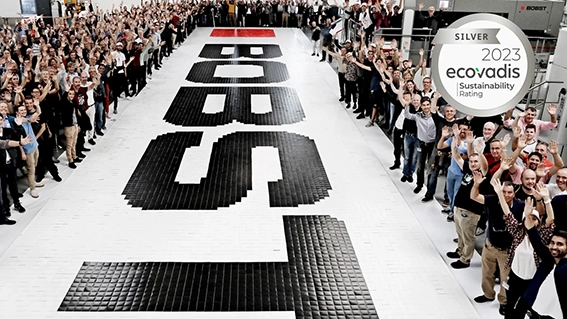
Sustainability has been a focus for the packaging industry for many years, but we may be reaching a crucial period for the topic.
We are one year away from 2025 – which has been the target year for the many sustainability goals that hundreds of corporations and companies have committed to. This famously includes the Global Commitment, led by the Ellen MacArthur Foundation, in collaboration with the UN Environment Programme, which united more than 500 organizations behind a common vision of a circular economy for plastics. Although there has been some fantastic progress – a recent assessment concluded that those companies who signed up to the commitment have significantly outperformed their peers in tackling plastic waste, still many of those ambitious 2025 targets will be pushed backwards.
On April 24th, the European Parliament adopted the Packaging and Packaging Waste Regulation (PPWR), which includes packaging reduction targets, restrictions on certain kinds of single-use packaging, certain reuse targets and more. The PPWR, now in the final stage of legal checks and validation, also reiterates that all packaging placed on the EU market must be recyclable.
drupa 2024 has made sustainability one of its two ‘megatrends’, along with digitalization: these two megatrends go hand in hand because Industry 4.0 is the key to overall sustainable production in the print and packaging industry.
The four pillars of BOBST industry vision – digitalization, automation, connectivity and sustainability – include the two megatrends, and are indeed all mutually enabling and together are empowering great progress.
Sustainability is a huge, multi-faceted topic, without easy solutions. Each company – independently or teaming up with suppliers, customers or peers – needs to identify where they can make the greatest strides forward.
As a leader in the packaging industry, BOBST knows to have a responsibility, not only to commit to sustainability, but to truly innovate in this space. BOBST believes to work in this direction across three defined streams: activity, equipment, and packaging use & end-of-life. Innovations across these will help to change the way packaging is produced to help ensure reduction of waste, increase in efficiencies, compliance with the latest regulations, and the development of environmentally improved packaging solutions.
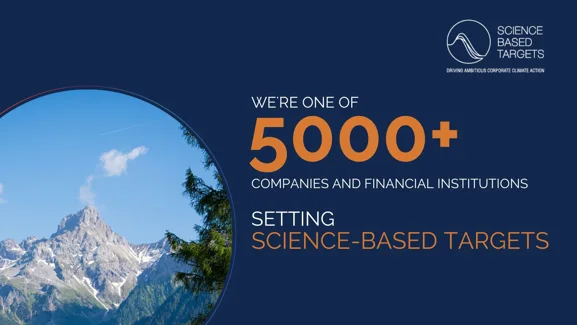
BOBST joined the Science-Based Targets initiative (SBTi) in 2022, reinforcing its commitment to urgent climate action. The company clearly formalized its targets and decarbonization options, not only for its operational activities, but also for the impact upstream and downstream, to reduce its carbon footprint. Now, SBTi targets by BOBST have been validated and confirmed to be in line with the goal to limit global warming to 1.5°C as decreed in the Paris Agreement.
Optimizing operations
Of course, companies have most direct control over their own operations, and this has been a major area of focus for BOBST in recent years: the targets in this area are ambitious, including a 42% carbon reduction on operations by 2030, but that reflects the speed at which the world needs to decarbonize, because in this global situation the luxury of time doesn’t exist.
In 2021, BOBST had an initial evaluation performed by EcoVadis – the world’s largest and most trusted provider of business sustainability ratings. Following their initial assessment the company established its sustainability program. With second rating of 49 points, the company received a bronze medal.
In 2023, BOBST obtained third and latest rating of 63 points, receiving a silver medal. This puts BOBST in the top 20% of companies in terms of sustainability. The company has not finished, of course, and there are still many improvements to make. But by making great progress with its operations, BOBST fixed a good foundation for sustainable success.
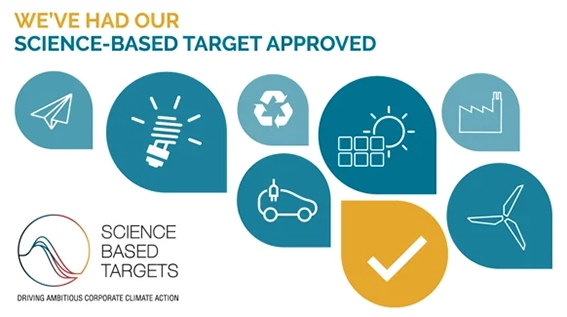
Enhancing equipment
At the core of the BOBST business are its machines. The company knows that packaging requires large, high-productivity machinery, designed to operate 24 hours a day, seven days a week, which makes the environmental load of machinery in energy and material consumption a significant challenge.
It is also clear that most carbon emissions occur downstream in the value chain, i.e. at customers’ sites, where BOBST has less control. But BOBST believes to have still a responsibility to help customers to reduce those emissions. This is why BOBST gave its teams a target of reducing energy consumption by 20% for the machines that will be sold in 2030 vs baseline of 2022.
Regarding resources, a key strategy is reduction of ink, waste, and substrate. For example, BOBST made zero-fault packaging a reality through innovations like ACCUCHECK, which reduces waste by eliminating only boxes which do not correspond to specific quality criteria; oneECG, extended color gamut technology, which digitalizes and automates color management and creates no ink waste, uses 30% less ink, and reduces make-ready time and waste by up to 90%. Meanwhile the pioneering Start&Go system for optimal print registration enables fast automatic set-up at the start of each job in just a few sheets, enabling considerable savings in sheets used per year. In labels, BOBST has worked with Avery Dennison on a linerless labels solution, which significantly increases material on reel, increasing production efficiency and cutting out the need for backing material.
Another major area of focus is enhancing currently installed machines. The focus on enabling retrofits so that customers can upgrade previous BOBST machines with more recent developments, for example, adding automatic EcoMode on gravure machines, which can reduce energy consumption by up to 50% during standby. Another upcoming product for gravure and coating machines is a ventilation efficiency kit, which enables the reuse of waste heat and the optimization of fan power to save massive amounts of thermal energy needed for drying.
Remanufacturing machines is a highly cost-effective and sustainable way to increase productivity. BOBST offers machine remanufacturing through CM Services, a global supplier of remanufactured corrugated board and folding carton machinery. In this way, old machines can see their lifetime doubled, while being rejuvenated with new electronics, more efficient motors and the addition of software to enable features such as remote assistance.
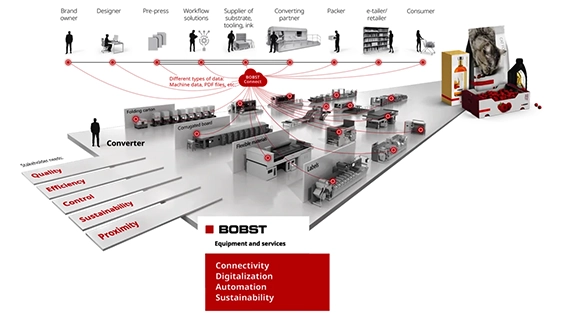
Progressing packaging sustainability
Then there’s the packaging itself. This is the area where the eyes of the world really are turned: BOBST has to lead the world into a new era of recyclable packaging.
To support the industry with its goals around recyclable packaging, BOBST, together with leading industry partners, has pioneered a range of innovative, environmentally improved packaging solutions. This has been a multi-year journey, which is reaching a critical and very exciting point – when all the hard work, collaboration and R&D is resulting in real, commercialized solutions on our supermarket shelves.
oneBARRIER is a family of industrially viable recycle-ready mono-material ultra-high and high barrier duplex and triplex substrates for packaging designers as alternatives to non-recyclable metallized polyester film.
The family of BOBST oneBARRIER sustainable solutions to date includes PrimeCycle, comprising EVOH and topcoat-free transparent AlOx-based or opaque AluBond-based full PE mono-substrates, and FibreCycle, a mono-material high-barrier paper-based structure coated with functional layers that can be recycled in the existing paper stream. Leading third party institutes have confirmed the recyclability of first two oneBARRIER solutions.
Now, the company is expanding into new application types and new packaging models, while also expanding the ecosystem with new partners. BOBST is working on solutions using BOPP as well as biodegradable materials from natural and renewable resources.
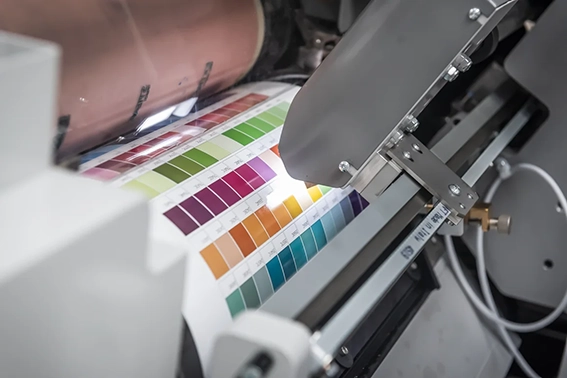
Sustainability requires commitment, collaboration and continuous innovation to enable real progress: collaboration really is at the heart of it, work for oneBARRIER has demonstrated just how much can be achieved when multiple experts come together with a shared goal. Now, BOBST is looking to build on the considerable progress that has been made, achieve sustainability goals, and help customers to achieve theirs.





